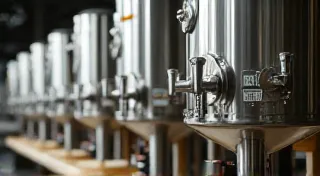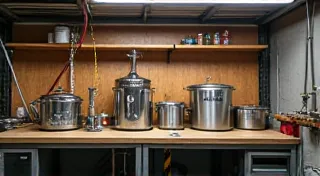Bottling vs. Kegging: Which Method is Right for You?
Deciding how to package your finished beer is a crucial step in the home brewing process. Whether you’re a beginner just starting out or a seasoned brewer looking to streamline your operation, the choice between bottling and kegging can significantly impact your experience. Both methods have their advantages and disadvantages, and the "right" choice depends largely on your budget, space, desired level of convenience, and how you plan to enjoy your beer. Before even getting to the packaging stage, however, many brewers face the decision of whether to pursue extract brewing vs. all-grain brewing – a choice that significantly impacts the overall process and ingredient complexity. This article will focus solely on the packaging process itself.
Bottling: The Traditional Approach
Bottling is the classic method of packaging beer, and for good reason. It's generally more accessible and cost-effective, especially for smaller batches. It’s a process steeped in tradition, and while modern kegging systems offer speed and convenience, there's a certain satisfaction in carefully filling each bottle, capping it, and knowing you'll have a ready-to-drink beer later on.
Pros of Bottling:
- Lower Initial Investment: Bottling requires far less equipment than kegging. You'll need bottles, caps, a bottle capper, and potentially a bottling wand or siphon. That's it! This makes it an attractive option for those just beginning their homebrewing journey, allowing them to allocate funds towards other essential equipment or ingredients.
- Portability: Bottles are easy to transport and store. They’re perfect for sharing with friends or taking to events. The compact nature of bottles makes them ideal for picnics, camping trips, or simply sharing your creations with neighbors.
- Shelf Stability: Properly bottled beer can last for months, even years, thanks to the carbonation and sterilization process. The careful attention to sanitation involved in bottling contributes significantly to this longevity.
- Simplicity: The process is relatively straightforward and easy to learn. It's a great way to learn the fundamentals of brewing and appreciate the steps involved in creating a finished product.
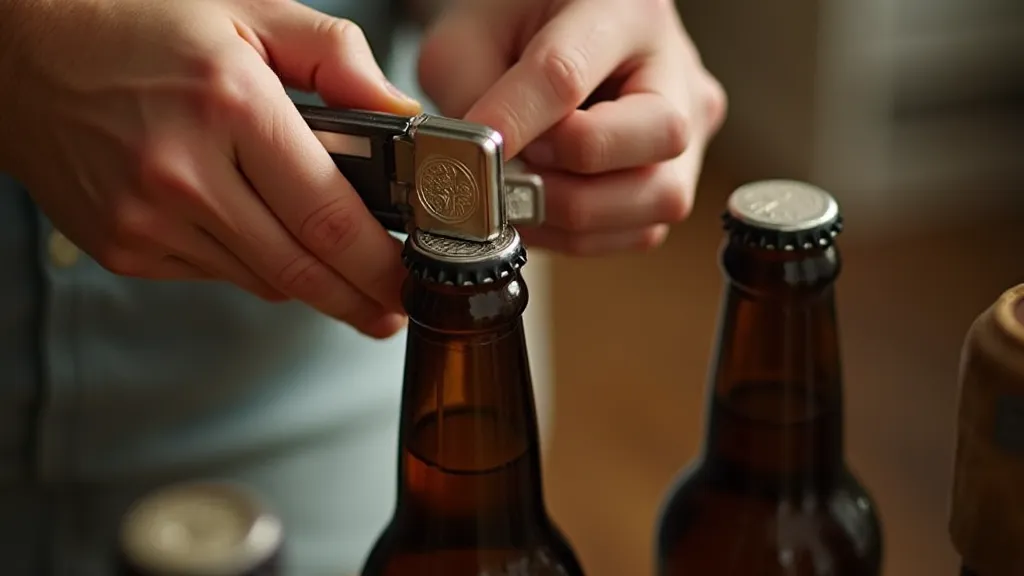
Cons of Bottling:
- Time-Consuming: Bottling is a significantly more time-consuming process compared to kegging, especially for larger batches. It's a hands-on job! The repetitive nature of filling each bottle can be tiring, but it's also a chance to appreciate the effort that goes into brewing.
- Messy: Bottle caps and residual beer can create a bit of a mess. A little extra cleanup is always involved, but good organization can mitigate this.
- Potential for Bottle Bombs: While rare, improper sanitation or over-carbonation can lead to "bottle bombs" – exploding bottles. Careful attention to detail is crucial. This risk underscores the importance of meticulous cleaning and accurate priming calculations. If you encounter bottling issues beyond the scope of simple error, consider exploring a resource like troubleshooting common home brewing problems.
- Limited Carbonation Control: Adjusting carbonation levels after bottling is difficult. Once the bottles are capped, the carbonation level is essentially locked in.
Kegging: The Modern Solution
Kegging, or force carbonating, offers a more modern and convenient way to package your beer. It's gaining popularity among homebrewers for its speed, flexibility, and overall ease of use. It’s a significant step up in terms of equipment investment, but the time savings and enhanced control often make it worthwhile for serious brewers.
Pros of Kegging:
- Speed and Convenience: Kegging is significantly faster than bottling, especially for larger batches. This is a major draw for those who brew frequently.
- Precise Carbonation Control: You have much greater control over the carbonation level of your beer. You can easily adjust the carbonation on the fly.
- Cleanliness: The kegging process is generally cleaner than bottling. Less mess and easier cleanup are always welcome.
- Tap System Flexibility: You can enjoy your beer through a variety of tap systems, including dedicated draft systems and portable keg CO2 setups. The ability to serve your beer on tap elevates the entire brewing experience.
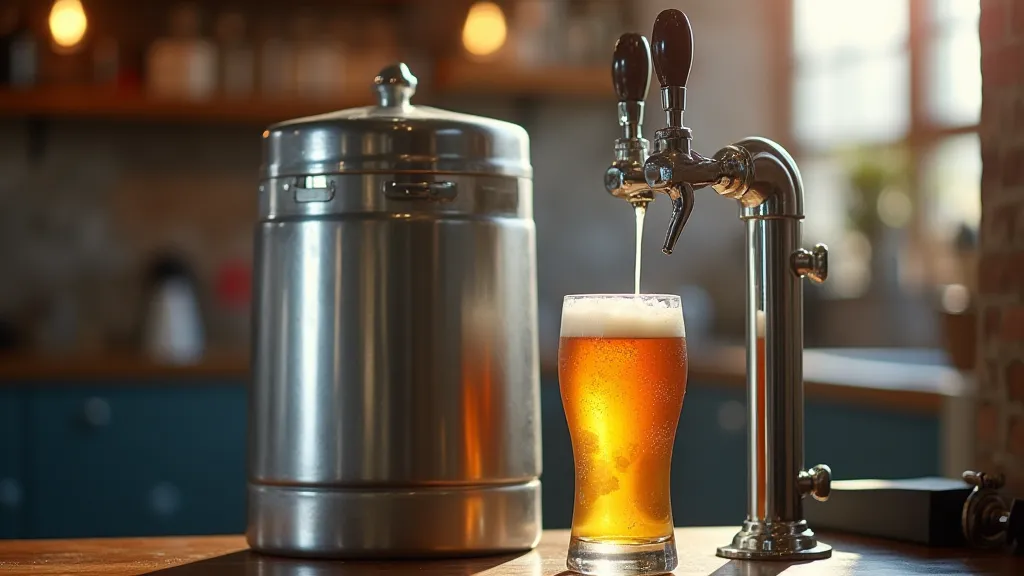
Cons of Kegging:
- Higher Initial Investment: Kegging requires a larger upfront investment in equipment, including a keg, CO2 tank, regulator, and dispensing system. This can be a barrier for those on a tight budget.
- Space Requirements: You'll need space to store a keg and CO2 tank. This can be a challenge for those with limited storage.
- Requires CO2: You need a reliable source of CO2. Sourcing and refilling CO2 tanks is an ongoing consideration.
- Maintenance: Keg systems require occasional cleaning and maintenance. Regular cleaning is essential to prevent contamination and maintain beer quality. If unexpected problems arise during the brewing process, exploring resources like troubleshooting common home brewing problems can provide valuable insights and solutions.
Making the Choice: Which is Right for You?
Ultimately, the best method depends on your individual circumstances. Consider your brewing style, desired level of control, and overall goals. Sometimes, understanding those foundational principles is key to identifying what aspects of the brewing process may be going wrong.
- Beginners with limited budgets and space: Bottling is probably the better option. It's a great way to start learning the basics without a significant investment.
- Brewers who value convenience and precise carbonation: Kegging is likely the way to go. The speed and control offered by kegging are hard to beat.
- Brewers who make frequent, large batches: Kegging becomes increasingly attractive as batch size increases. The time savings are significant.
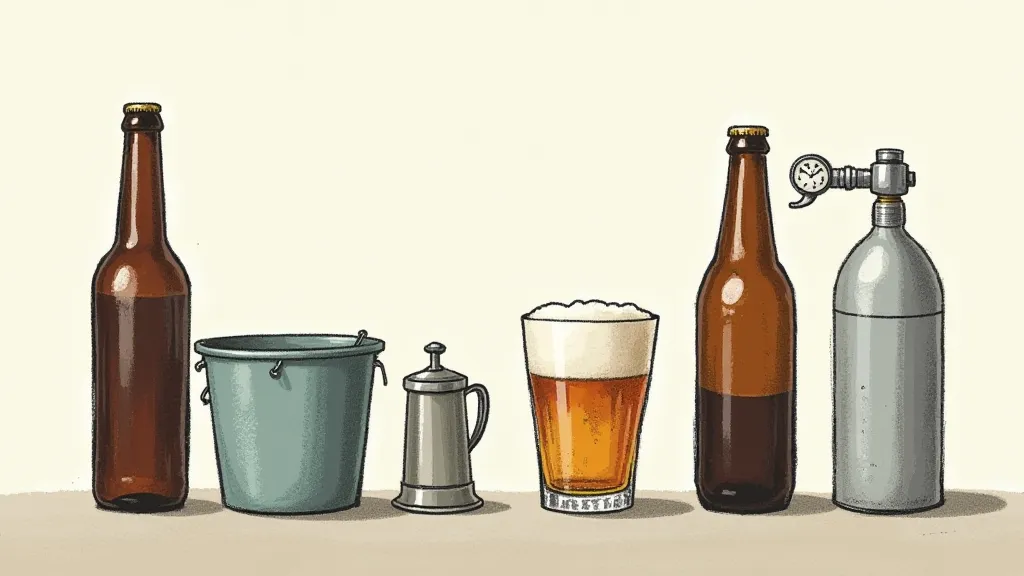
Understanding the Science Behind It All
Beyond the simple choice of packaging method, appreciating the underlying science of brewing can profoundly impact your success. Factors like bitterness (IBU) and color (SRM) play crucial roles in the final product, influencing its flavor profile and overall appeal. Learning to measure and control these aspects allows for a greater understanding of how small adjustments can lead to significant improvements in your beer. Delving into these measurements, and understanding what they mean, can truly elevate your brewing journey. Knowing how to interpret those results can help identify specific challenges or inconsistencies in the brewing process.
Conclusion
Both bottling and kegging offer rewarding ways to enjoy your homebrewed beer. Consider your budget, space, desired level of convenience, and brewing goals to make the choice that's right for you. Happy brewing!

